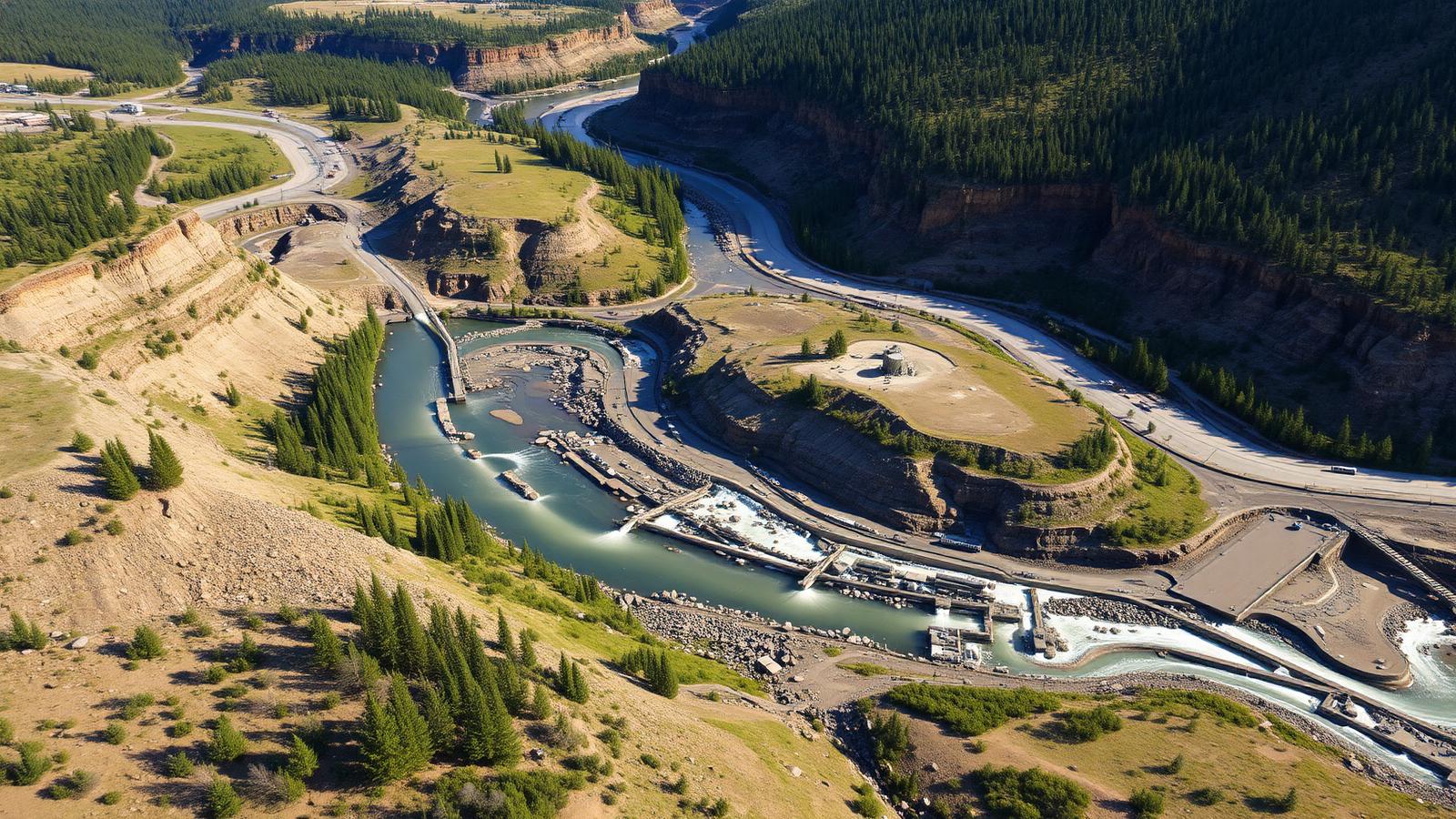Environmental Impact Then and Now
Learning from history to build a sustainable future

Historic Environmental Impact
Historic hydraulic mining and dredging re-routed creeks, left tailings swaths, and stripped riparian zones—visible to this day in Bonanza/Hunker valleys. The landscape still bears the scars of unregulated industrial-scale mining, with tailings piles and altered watercourses testament to the scale of historic operations.
Modern Environmental Standards
Today, Yukon operators face stronger standards. Canada's Towards Sustainable Mining (TSM) framework sets facility-level reporting across tailings, water stewardship, community engagement, and biodiversity. Yukon projects often commit to TSM or equivalent protocols with third-party verification.
Water Quality and Aquatic Ecosystems
Water management has evolved dramatically. Modern operations implement comprehensive monitoring, treatment systems, and adaptive management to protect fish habitat and water quality. Sediment control, settling ponds, and discharge standards help minimize downstream impacts.
Reclamation and Long-term Stewardship
Independent groups and government agencies push "responsible mining" practices in the territory, including progressive reclamation, security bonds for closure costs, and long-term monitoring commitments that extend decades beyond mine closure.